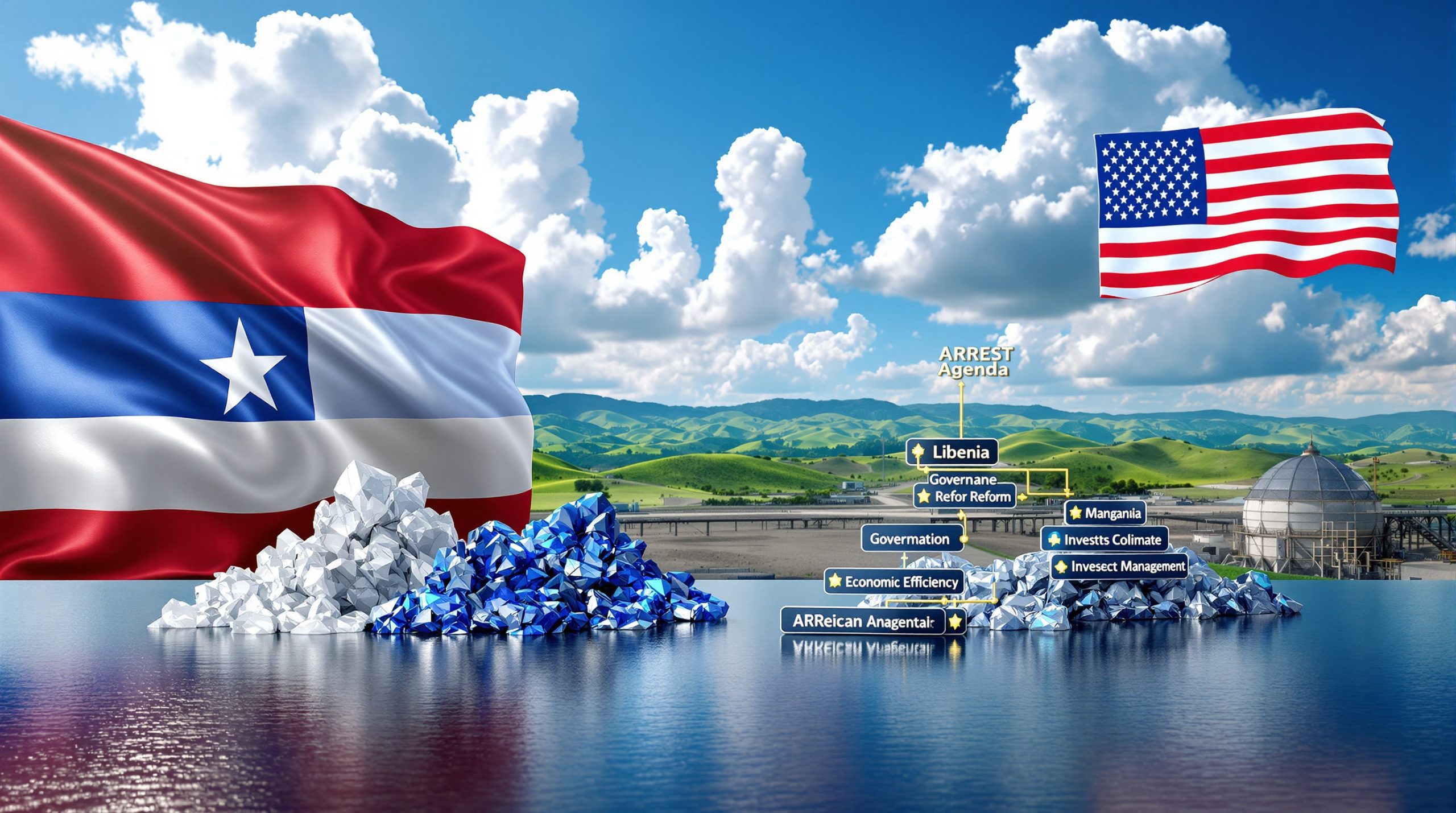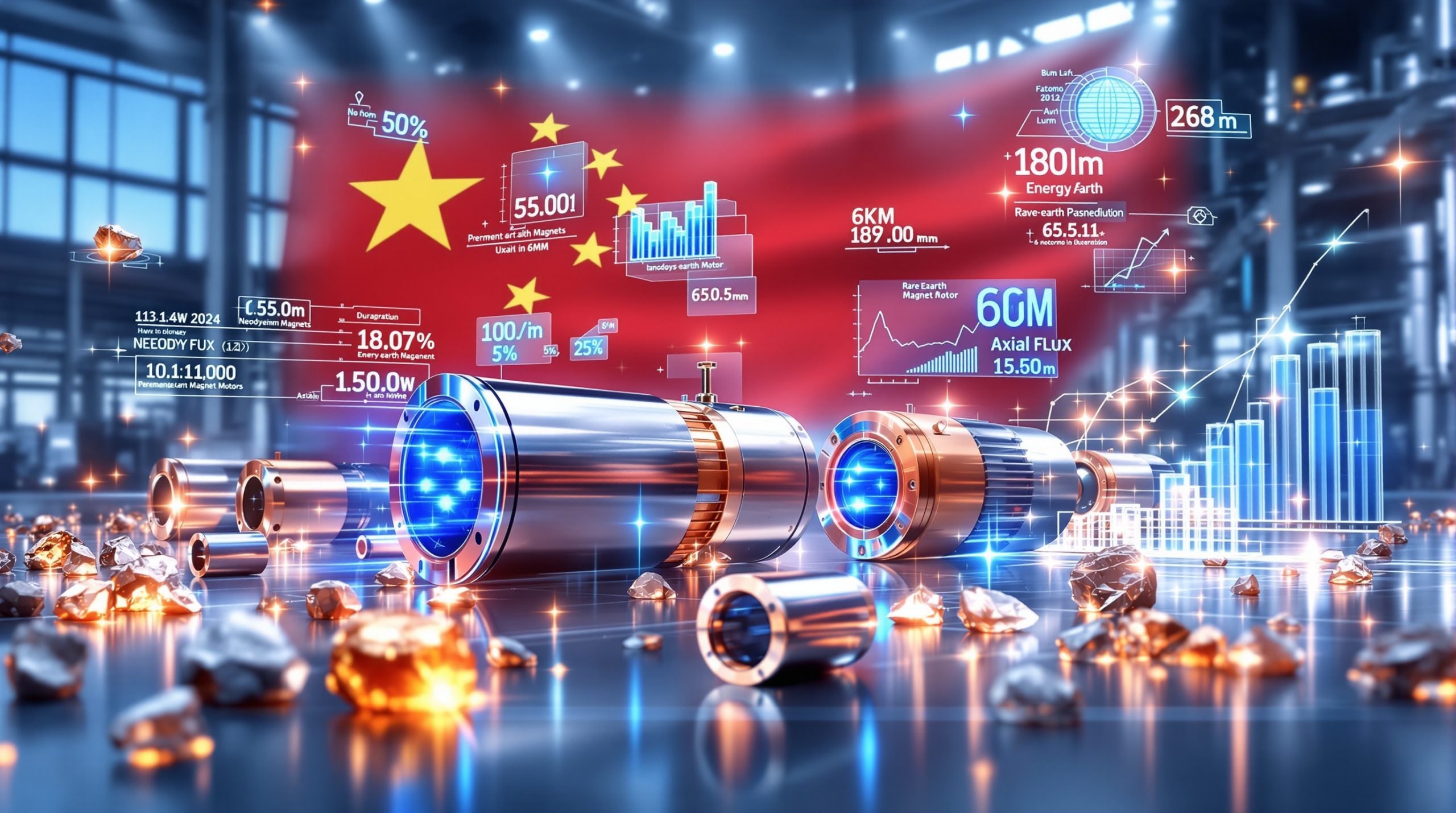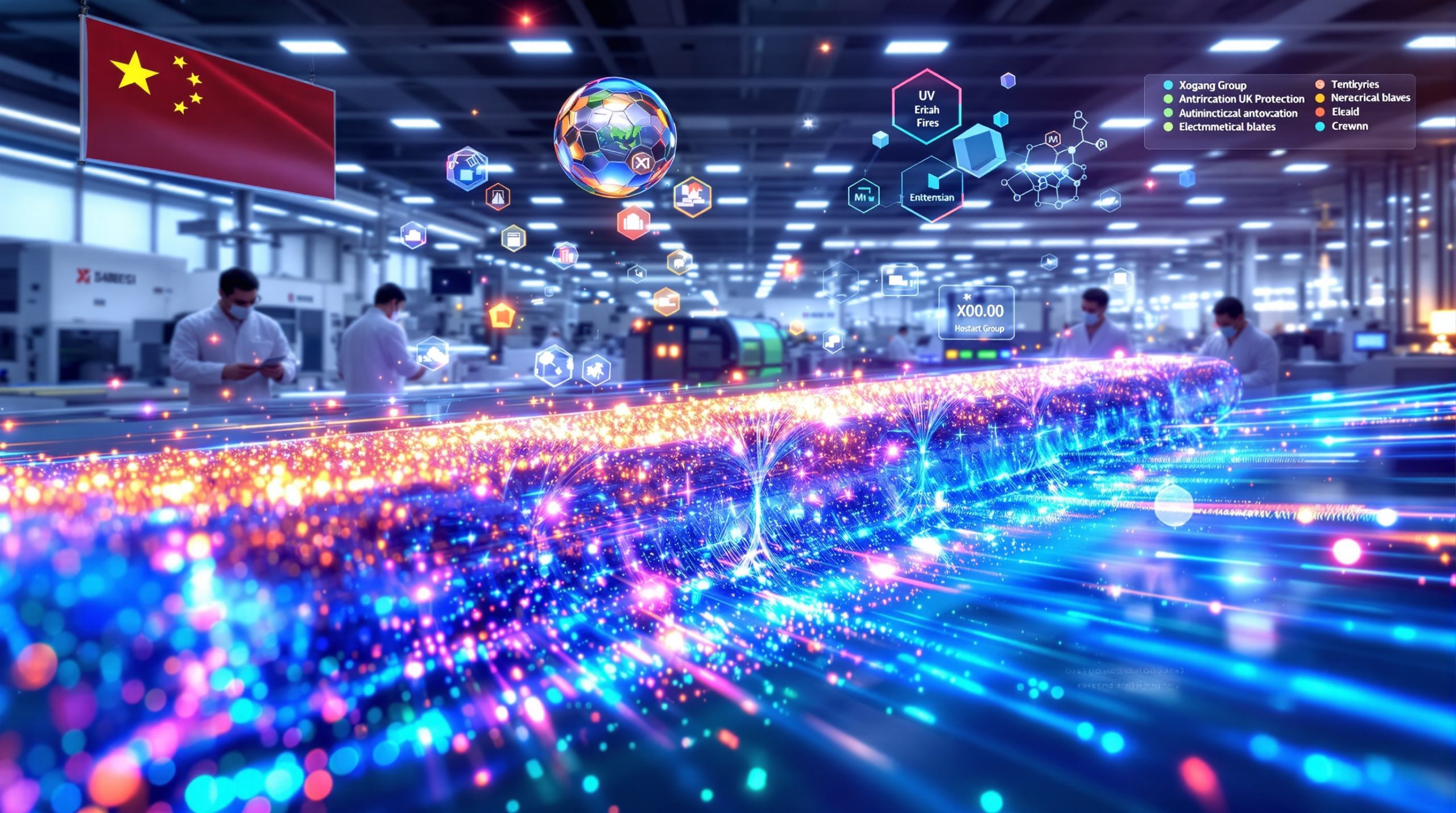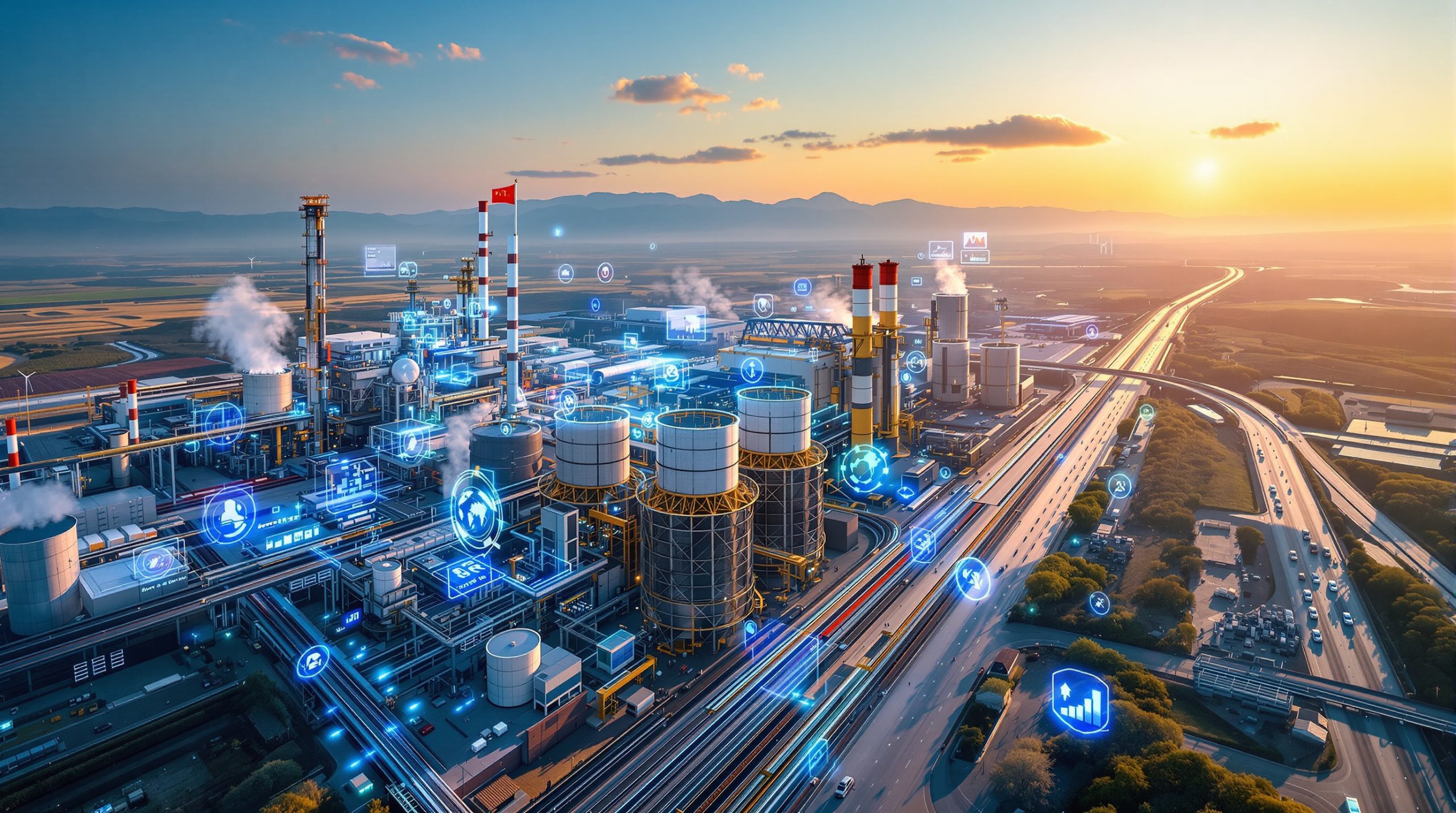Why Did Chinese Companies Cancel Their Chilean Lithium Investments?
Chinese automaker BYD and metals group Tsingshan have officially withdrawn their plans to build lithium processing facilities in Chile, representing a significant shift in foreign investment patterns in South America's lithium sector. BYD formally submitted withdrawal documentation to Chile's national assets ministry, while Tsingshan informed the Chilean development agency Corfo of its decision to abandon its planned project.
This coordinated exit comes amid changing global lithium market dynamics and evolving regulatory conditions in Chile, creating ripple effects throughout the global battery supply chain and raising questions about the future of Chile's lithium industrialization strategy.
The Scale of the Abandoned Projects
These cancellations represent substantial lost investment opportunities for Chile's lithium industry, which has been actively seeking to expand its value chain beyond raw material extraction. The combined projects would have added over 50,000 metric tons of annual processing capacity to the global market, creating approximately 1,200 direct jobs and positioning Chile more competitively in the battery materials supply chain.
BYD's facility would have focused on producing lithium carbonate—an essential component for lithium-ion batteries—while Tsingshan planned to leverage its metallurgical expertise to produce battery-grade lithium hydroxide. These investments would have provided critical technological transfer to Chile's emerging lithium processing sector, helping transition the country from a raw material exporter to a value-added producer.
The projects' cancellation undermines Chile's efforts to capture more value from its vast lithium resources, leaving its sector primarily dependent on traditional brine extraction operations dominated by established players like SQM and Albemarle.
How Does This Impact Chile's National Lithium Strategy?
Chile's Position in the Global Lithium Market
Chile holds approximately 39% of the world's known lithium reserves, primarily located in the Atacama Salt Flat, which boasts the highest-grade lithium brine deposits globally. The country currently contributes about 26% of global lithium production but accounts for less than 5% of processed lithium compounds, as most extracted brine is exported as raw material to China for refinement.
This reliance on raw exports has long concerned Chilean policymakers, who view downstream processing as crucial for economic development. President Gabriel Boric's "National Lithium Strategy" ambitiously targeted capturing 35% of the global lithium hydroxide market by 2030 through localized processing facilities—a goal now significantly compromised by these withdrawals.
The abandonment of these projects forces Chile to either attract alternative investors or accelerate state-led initiatives, both pathways presenting considerable financial and technical challenges in an increasingly competitive global market.
Regulatory and Policy Challenges
Chile's evolving lithium regulatory framework has introduced significant uncertainty for foreign investors. In 2023, the government announced plans to increase state participation in lithium ventures through mandatory public-private partnerships, requiring companies to cede majority stakes to state-owned entities like Codelco.
For vertically integrated companies like BYD, which prioritize control over strategic mineral assets, these terms likely disrupted projected returns on investment. Additionally, the country's complex environmental permitting process has extended project timelines, with approvals taking 18-24 months longer than in competing jurisdictions like Australia Lithium Innovations or Argentina Lithium Insights.
Water usage regulations have become particularly stringent in the Atacama region, with 2024 rules limiting brine extraction rates to 1.4 million cubic meters annually per operator—a restriction that directly impacts processing capacity and operational flexibility.
What Are the Global Market Implications?
Impact on Lithium Supply Chain Development
The cancellations delay global efforts to reduce reliance on Chinese refining, which currently accounts for approximately 65% of global lithium processing capacity. Western automakers, including Tesla and Ford, had viewed Chilean projects as potential alternatives to China-dominated supply chains in their pursuit of supply diversification.
With BYD and Tsingshan's exit, battery manufacturers may face renewed pressure to secure lithium hydroxide and carbonate from alternative sources, particularly Australia and Argentina, where companies like Pilbara Minerals and Livent Corporation are expanding operations.
This shift could exacerbate regional price disparities in lithium markets, with Asian lithium carbonate prices remaining 12-15% below Western markets due to China's surplus refining capacity and vertical integration advantages.
The abandoned projects would have added approximately 6% to global lithium processing capacity by 2027, potentially stabilizing prices and reducing regional supply bottlenecks. Their cancellation may contribute to supply constraints in specific lithium compound segments, particularly hydroxide, as demand growth from high-nickel cathode chemistries accelerates.
Geopolitical Considerations
These withdrawals coincide with tightening U.S.-China trade restrictions on critical minerals. In April 2025, the U.S. Department of Energy implemented a 25% tariff on Chinese-processed lithium, creating incentives for firms like BYD to prioritize domestic refining capacity rather than establishing production in export-oriented locations like Chile.
Conversely, Chile's government has intensified outreach to European and North American investors, offering improved fiscal terms for projects aligned with its sustainability mandates and national development goals. However, Western firms remain cautious about Chilean investments, given the country's requirements for state equity participation and the Atacama region's environmental sensitivities.
The reshuffling of these investments highlights an accelerating fragmentation of global battery supply chains, with Chinese, European, and North American companies increasingly focused on regionally isolated production ecosystems with reduced cross-border dependencies.
How Does This Affect the EV Supply Chain?
BYD's Strategic Pivot
BYD's retreat from Chile signals a strategic reorientation toward securing lithium assets in politically stable regions with lower regulatory hurdles. The company recently acquired a 19% stake in Sigma Lithium's Brazilian mining operations, leveraging Brazil's streamlined permitting process and proximity to emerging EV markets in South America.
Domestically, BYD is expanding its Yichun lithium refinery in Jiangxi Province, which will process spodumene concentrate from Australian mines, reducing exposure to brine-based supply chains. This shift aligns with China's broader strategy to dominate mid-stream lithium processing while outsourcing raw material extraction to resource-rich countries.
For BYD, which delivered over 3 million electric vehicles in 2024, securing reliable lithium supply remains crucial to its vertical integration strategy. The company's decision reflects a calculated risk assessment that favors controlled supply chains over geographically diversified processing.
Broader EV Industry Implications
The withdrawal may influence battery material sourcing strategies for global automakers, potentially accelerating investments in alternative technologies like sodium-ion batteries, which require no lithium, and solid-state batteries, which use significantly less lithium per kilowatt-hour.
Development timelines for lithium hydroxide capacity may face delays, as hydroxide production from hard-rock sources requires more complex processing than from brines. This could impact the rollout of high-nickel cathode batteries (NMC 811 and NCA), which depend on hydroxide rather than carbonate.
Regional processing hubs in Australia, North America, and Europe may see accelerated development as automakers seek to reduce reliance on any single country for critical battery materials. The European Battery Alliance has already committed €3.2 billion to establish domestic lithium refining capacity of 100,000 metric tons annually by 2030.
What Factors Contributed to the Investment Decisions?
Economic Considerations
Several economic factors likely influenced these withdrawal decisions. Lithium carbonate spot prices fell dramatically from $78,000 per metric ton in November 2022 to approximately $25,000 per metric ton in March 2025, rendering marginal projects uneconomical.
BYD's Chilean facility, requiring a capital expenditure of approximately $290 million, faced an internal rate of return (IRR) below 8% under current price scenarios, compared to the 15% threshold typically required for mining investments. Similarly, Tsingshan's project became financially challenging as lithium hydroxide premiums over carbonate narrowed to just 7% in 2024, down from 22% in 2021.
"The economics of lithium processing have fundamentally shifted since these projects were conceived. With prices down nearly 70% from their peaks, the capital intensity of greenfield operations simply doesn't justify the risk in many jurisdictions." — Mining industry analyst quoted in recent industry publication
Capital allocation priorities have shifted amid changing market conditions, with both companies redirecting investments toward securing raw material supply and expanding processing in jurisdictions with established operations and lower political risk profiles.
Technical and Operational Challenges
Chilean brine's distinctive chemical composition presents significant technical challenges. The Atacama brines have a high magnesium-to-lithium ratio (approximately 6:1 versus 1:1 in Argentine salars), necessitating advanced extraction technologies like adsorption-type direct lithium extraction (DLE) systems.
BYD's initial reliance on traditional evaporation ponds, while cost-effective, conflicted with Chile's 2024 water usage regulations. Tsingshan's proposed ion-exchange membrane technology, though more water-efficient, required extensive pilot-scale testing, potentially adding 18-24 months to the project timeline.
Infrastructure limitations in the proposed project locations also played a role. Tsingshan's facility, planned for the Antofagasta region, faced insufficient power grid capacity, necessitating additional investments in renewable energy infrastructure that exceeded initial cost projections.
The skilled labor shortage in specialized lithium processing operations presented another hurdle, with salaries for experienced chemical engineers in the region increasing by 35% since 2021, further straining project economics.
What Does This Mean for Other Lithium Projects in Chile?
Impact on Existing Operations
The withdrawal may actually benefit Chile's established lithium producers by reducing competitive pressure in the medium term. SQM, operating in Chile since the 1980s, recently finalized a joint venture with state-owned Codelco in April 2025, granting the government a 50.1% stake in SQM's Atacama operations through 2060.
This arrangement ensures operational continuity under the new regulatory regime while satisfying national strategic interests. SQM plans to increase its annual production capacity from 180,000 to 250,000 metric tons of lithium carbonate equivalent (LCE) by 2028 using a combination of traditional ponds and newer DLE technologies.
Albemarle, exempt from the state partnership mandate due to pre-existing contracts, plans to double its carbonate output to 140,000 metric tons by 2027 using advanced DLE systems co-developed with technology firm Lilac Solutions. These systems promise to reduce water consumption by 65% compared to traditional methods while increasing lithium recovery rates from the brine.
Joint ventures and partnerships already under development may see enhanced government support as Chile seeks to maintain momentum in lithium industrialization despite the high-profile withdrawals.
Future Investment Outlook
The decisions by BYD and Tsingshan pull out of plans for Chile lithium plants will inevitably influence other potential investors' perceptions of Chile's lithium sector. European and North American companies may approach Chilean opportunities with increased caution, demanding stronger guarantees and more favorable terms before committing capital.
The Chilean government may need to reconsider its approach to attracting new investment, potentially adjusting the balance between state participation and investor autonomy. Recent statements from Chile's mining ministry suggest a willingness to offer more flexible partnership structures for companies bringing advanced processing technologies.
Development timelines for Chile's lithium industrialization strategy will likely extend by 3-5 years as alternative partners are identified and projects redesigned to accommodate new regulatory requirements and market realities.
What Are the Alternative Development Paths?
Domestic Processing Development Options
Chile's National Mining Company (Enami) has proposed establishing a state-owned lithium refinery in Copiapó, leveraging existing infrastructure from copper operations. This $700 million project, targeted for completion in 2028, would process brine from Enami's Maricunga salar concessions, aiming to produce 20,000 metric tons of lithium hydroxide annually.
However, Enami lacks extensive refining expertise, necessitating technology transfers from established processors. The company has approached firms like Ganfeng Lithium for technical partnerships, though these discussions face scrutiny under Chile's foreign investment review process.
Development of smaller-scale, phased processing capabilities may prove more viable than large-scale facilities. Chilean startup LiNova has secured $120 million in venture funding to pilot solvent extraction technology specifically tailored to high-magnesium brines, with trials scheduled to begin in Q3 2025.
Technical innovation focusing on Atacama's specific resource challenges represents another pathway. Research collaborations between Chile's universities and international technology developers have produced promising advances in selective lithium extraction methods that reduce water consumption by up to 80%.
International Partnership Strategies
Chile is actively courting South Korean battery manufacturers, offering preferential offtake agreements for companies willing to establish local processing plants. SK On has committed to a feasibility study for a 30,000-metric-ton hydroxide facility in Antofagasta, contingent on securing low-interest loans from the Korea Trade Insurance Corporation.
Partnerships with Western automotive manufacturers offer another avenue. Germany's BMW has expressed interest in a joint venture with Codelco, potentially trading upfront financing for guaranteed lithium supply to its Bavarian battery plants.
France's Eramet is negotiating with Corfo to deploy its proprietary sorption DLE process, which claims 90% lithium recovery rates compared to 40% for traditional evaporation ponds. This technology could significantly reduce the environmental footprint of lithium extraction while improving project economics.
Cooperation with battery manufacturers from diverse regions could create a more balanced international partnership portfolio. Japan's Panasonic, seeking to reduce dependence on Chinese Recycling Breakthrough materials for its Tesla battery production, has initiated discussions with Chilean authorities regarding potential investments in lithium hydroxide processing.
FAQ: Chile's Lithium Industry Developments
How significant is Chile in the global lithium market?
Chile remains one of the world's largest lithium producers, accounting for approximately 26% of global production in 2024. The country holds about 39% of known global lithium reserves, primarily in the form of brine resources in the Atacama Salt Flat.
The Atacama brines offer exceptional concentration levels of 1,400-1,500 parts per million (ppm) of lithium, significantly higher than Argentina's salars (averaging 600 ppm) or typical hard-rock deposits. This natural advantage has historically given Chile a competitive position in the global market despite higher regulatory requirements.
What alternatives might BYD pursue for lithium processing?
BYD is likely to redirect its processing investments to several alternative locations. The company is expanding its Yichun refinery in China's Jiangxi Province, which currently produces 20,000 tons of lithium carbonate annually with plans to reach 30,000 tons by 2026.
The automaker has also acquired a 19% stake in Sigma Lithium's Brazilian operations, securing access to 100,000 tons of annual lithium concentrate production. BYD may also increase purchases from Australian producers like Pilbara Minerals, which currently supply approximately 38% of China's lithium feedstock.
Rather than developing its own facilities in high-regulatory environments, BYD appears to be shifting toward strategic partnerships with established processors and direct investments in mining operations.
How might this affect lithium prices?
The withdrawal of these processing projects is unlikely to significantly impact lithium prices in the near term, given current market conditions with prices already substantially lower than their 2023 peaks. The global lithium market currently has a surplus of approximately 100,000 tons, which is expected to persist through 2026.
However, the cancellations could potentially constrain the growth of refined lithium supply in the medium term, particularly for lithium hydroxide, which requires more complex processing than carbonate. This might contribute to a widening price spread between hydroxide and carbonate from 2027 onward as demand for high-nickel cathode chemistries accelerates.
Regional price disparities may become more pronounced, with Asian markets continuing to benefit from China's extensive processing capacity while Western markets face tighter supply conditions due to slower development of alternative processing hubs.
What other companies are developing lithium projects in Chile?
Several major companies continue to advance lithium projects in Chile. SQM remains the largest producer, operating under a recently renewed agreement with Codelco, while Albemarle continues expanding its Atacama operations.
Chilean startup LiNova is developing novel extraction technology specifically for high-magnesium brines, having secured $120 million in venture funding. France's Eramet is negotiating to deploy its proprietary DLE process in Chile, presenting a potential European alternative to Chinese technology.
South Korea's POSCO is evaluating a potential joint venture with Codelco for a lithium hydroxide facility, leveraging synergies with its existing cathode material production. The state-owned Enami is advancing plans for a domestic refinery in Copiapó, targeting production by 2028.
These diverse projects suggest that while the BY
Are You Tracking the Next Major Mineral Discovery?
Discover why significant ASX mineral announcements like those in the lithium sector can create substantial market returns by visiting Discovery Alert's dedicated discoveries page. Powered by the proprietary Discovery IQ model, our real-time alerts on mineral discoveries across 30 commodities give you an immediate market edge—begin your 30-day free trial at https://discoveryalert.com.au/discoveries/ today.




